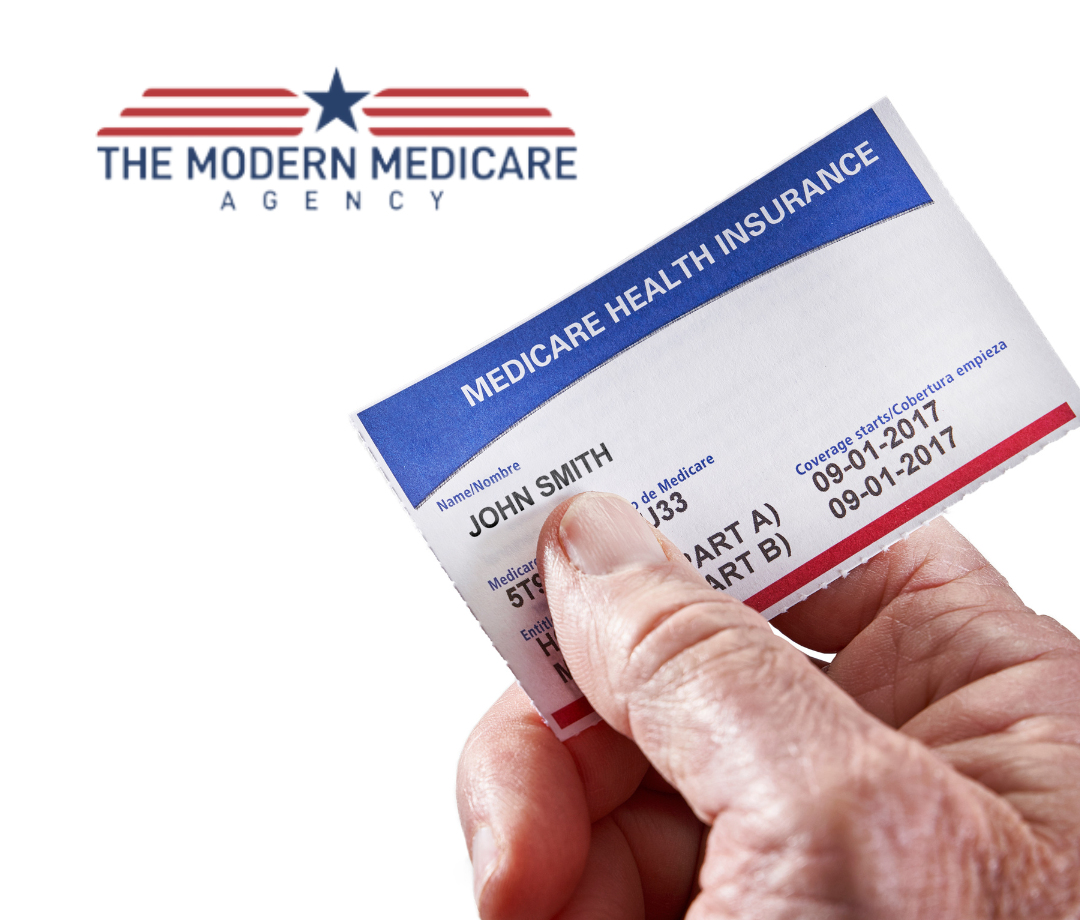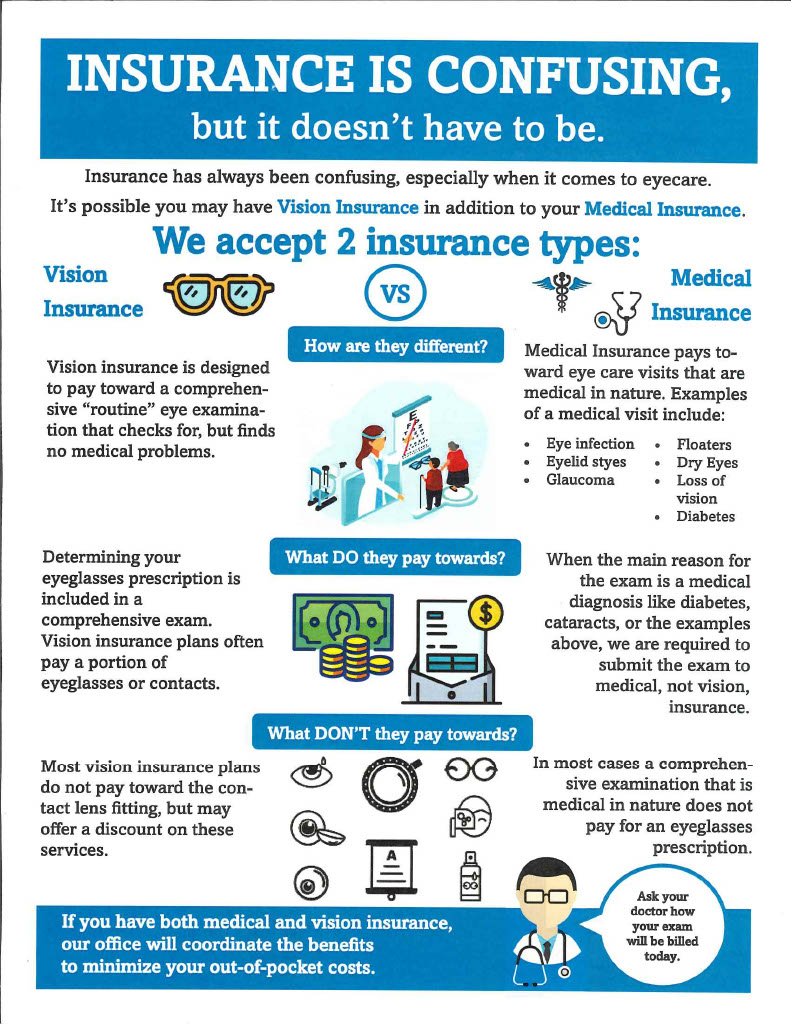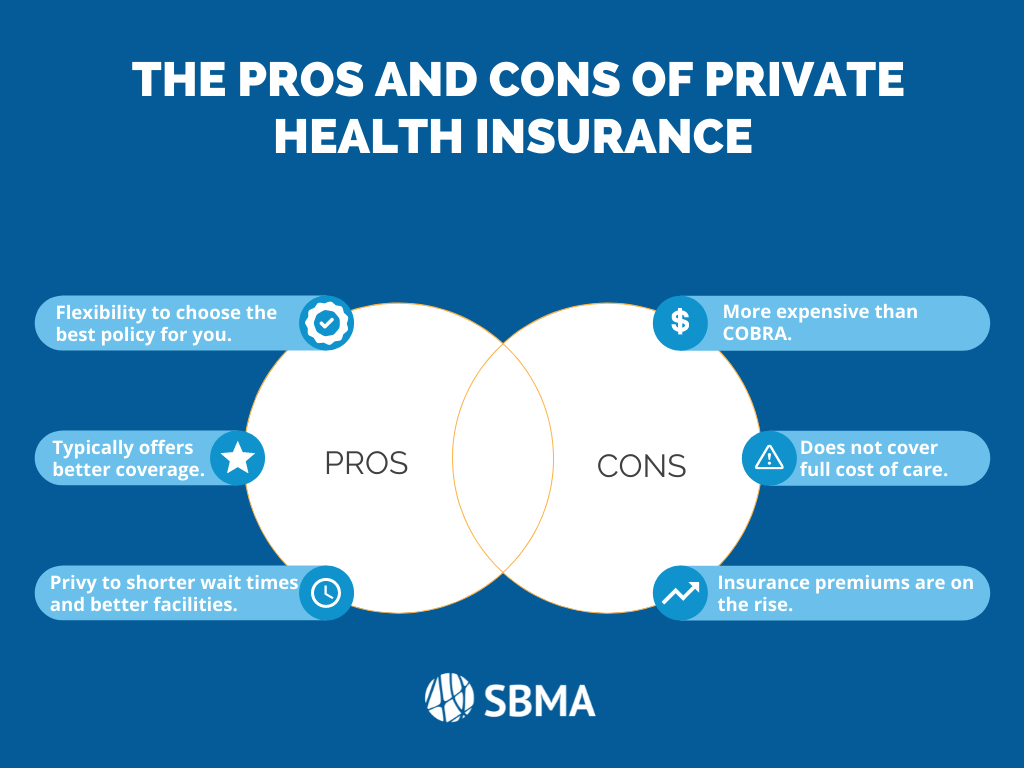Getting My Medicare Advantage Agent To Work
Table of ContentsGetting My Medicare Advantage Agent To Work4 Easy Facts About Medicare Advantage Agent DescribedThe smart Trick of Medicare Advantage Agent That Nobody is Talking About

follows from confusing the relatively young age profile of account uninsured with without insurance better healthMuch better health and wellness average, of younger persons. For those without access to work environment health and wellness insurance coverage, bad health is a potential obstacle to acquiring nongroup protection since such protection may be highly valued, omit preexisting problems, or be merely unavailable. Unless or else kept in mind, national quotes of people without health insurance coverage and percentages of the population with different kinds of insurance coverage are based on the CPS, the most commonly used resource of price quotes of insurance policy protection and uninsurance prices.

3 Easy Facts About Medicare Advantage Agent Explained
Over a three-year duration beginning early in 1993, 72 million individuals, 29 percent of the U.S. population, were without coverage for at the very least one month. Within a solitary year(1994), 53 million people experienced at the very least a month without insurance coverage(Bennefield, 1998a). Six out of every 10 uninsured grownups are themselves utilized. Although working does boost the probability that one and one's member of the family will have insurance policy, it is not an assurance. Also participants of households with 2 full-time breadwinner have virtually a one-in-ten possibility of being without insurance (9.1 percent without insurance rate)(Hoffman and Pohl, 2000 ). The connection in between health insurance policy and accessibility to care is well established, as recorded later on in this phase. Although the relationship between wellness insurance and health and wellness results is neither straight neither easy, a comprehensive professional and health services research study literary works links medical insurance protection
to enhanced accessibility to care, far better high quality, and enhanced individual and populace health and wellness standing. The 2nd record, on personal health end results for without insurance adults, is represented by the inner circle of the number, while the third report, on household well-being, encompasses the topics of the 2nd report yet highlights a different system of analysis, particularly, the family. The 6th report in the series will certainly provide details concerning methods and initiatives carried out locally, statewide, or nationally to deal with the absence of insurance policy and its unfavorable impacts. Degrees of analysis for examining the results of uninsurance. This discussion of medical insurance protection concentrates primarily on the united state population under age 65 due to the fact that essentially all Americans 65 and older have Medicare or other public protection.
Moreover, it concentrates specifically on those without any medical insurance for any kind of size of time. The issues faced by the underinsured are in some areas comparable to those encountered by the without insurance, although they are generally less severe. Uninsurance and underinsurance, however, involve definitely different policy issues, and the techniques for resolving them webpage might vary. Throughout this research study and the five reports to follow, the main focus gets on persons with no health insurance and thus no assistance in spending for healthcare past what is available via charity and safety and security internet organizations. Medical insurance is an effective variable affecting receipt of care because both people and medical professionals reply to the out-of-pocket cost of solutions. Wellness insurance policy, nevertheless, is neither necessary neither adequate to access to clinical solutions. Nevertheless, the independent and straight result page of health
insurance policy coverage on access to wellness services is well developed. Others will certainly get the healthcare they need also without medical insurance, by spending for it out of pocket or seeking it from companies that use treatment cost-free or at extremely subsidized prices. For still others, wellness insurance alone does not guarantee invoice of care due to various other nonfinancial barriers, such as an absence of healthcare companies in their community, minimal accessibility to transportation, illiteracy, or etymological and cultural distinctions. Official research study concerning without insurance populations in the United States dates to the late 1920s and early 1930s when the Board on the Expense of Treatment produced a collection of reports concerning funding physician office gos to and hospitalizations. This issue came to be salient as the varieties of medically indigent climbed up during the Great Clinical depression. Empirical studies consistently support the link between accessibility to care and boosted health and wellness outcomes(Bindman et al., 1995; Starfield, 1995 ). Having a normal source of care can be considered a forecaster of accessibility, rather than a straight measure of it, when health end results are themselves used as access signs. This extension of the idea of access measurement was made click here for more by the IOM Committee on Keeping An Eye On Access to Personal Health Care Solutions(Millman, 1993, p. Whether moms and dads are insured appears to affect whether their kids obtain care along with just how much careeven if the kids themselves have coverage(Hanson, 1998). The wellness of moms and dads can influence their capability to take care of their youngsters and the degree of family members stress and anxiety. Fretting about their kids's accessibility to care is itself a source of stress for parents. 3 phases comply with in this record. Chapter 2 offers an overview of exactly how employment-based wellness insurance policy, public programs and private insurance coverage operate and interact to give extensive yet insufficient insurance coverage of the united state populace. This consists of an evaluation of historical patterns and public laws affecting both public and private insurance, a conversation of the interactions among the various kinds of insurance coverage, and an evaluation of why people move from one program to one more or wind up
